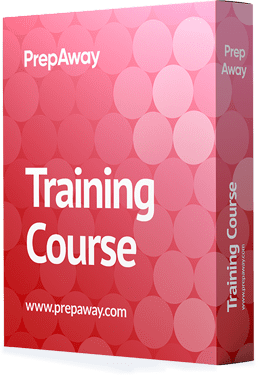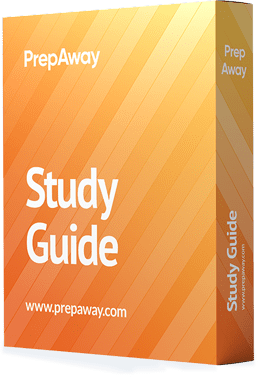Pass Microsoft Certified: Azure Data Scientist Associate Certification Exam in First Attempt Guaranteed!
Get 100% Latest Exam Questions, Accurate & Verified Answers to Pass the Actual Exam!
30 Days Free Updates, Instant Download!


DP-100 Premium Bundle
- Premium File 400 Questions & Answers. Last update: Jul 08, 2025
- Training Course 80 Video Lectures
- Study Guide 608 Pages

DP-100 Premium Bundle
- Premium File 400 Questions & Answers
Last update: Jul 08, 2025 - Training Course 80 Video Lectures
- Study Guide 608 Pages
Purchase Individually

Premium File

Training Course

Study Guide
DP-100 Exam - Designing and Implementing a Data Science Solution on Azure
| Download Free DP-100 Exam Questions |
|---|
Microsoft Microsoft Certified: Azure Data Scientist Associate Certification Practice Test Questions and Answers, Microsoft Microsoft Certified: Azure Data Scientist Associate Certification Exam Dumps
All Microsoft Microsoft Certified: Azure Data Scientist Associate certification exam dumps, study guide, training courses are prepared by industry experts. Microsoft Microsoft Certified: Azure Data Scientist Associate certification practice test questions and answers, exam dumps, study guide and training courses help candidates to study and pass hassle-free!
Microsoft Certified: Azure Data Scientist Associate certification practice test questions and answers, training course, study guide are uploaded in ETE files format by real users. Study and pass Microsoft Microsoft Certified: Azure Data Scientist Associate certification exam dumps & practice test questions and answers are the best available resource to help students pass at the first attempt.













